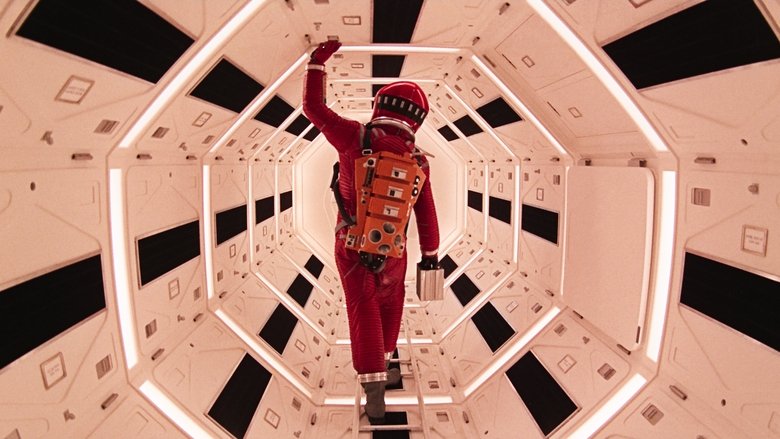Top films for stunning astronomy visuals
Explore cinematic journeys that take you beyond our atmosphere, showcasing the awe-inspiring beauty and mystery of the cosmos through incredible visuals rooted in astronomy.

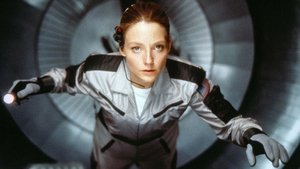

Few genres capture the human imagination quite like cinematic explorations of space and the cosmos. When filmmakers manage to ground these narratives in the principles of astronomy while simultaneously delivering breathtaking visuals, the result can be truly transcendent.
From the cold vacuum of space to the swirling nebulae and distant galaxies, these films use cutting-edge effects and ambitious cinematography to bring the wonders of the universe to the screen. They often blend scientific accuracy with dramatic storytelling, tackling themes of isolation, discovery, and our place among the stars. Think of the meticulous detail in depicting spacecraft and celestial bodies, or the sheer scale conveyed when showing humanity's smallness against the vastness of the universe. It's a genre that not only entertains but can also inspire a deeper appreciation for the real science behind the spectacle. These movies are not just stories; they are visual feasts that invite us to look up and wonder.
14. The Dish (2000)
The Dish is a charming Australian comedy-drama based on the true story of the Parkes Observatory radio telescope's crucial role in relaying the live television signals from the Apollo 11 moon landing in 1969. While the film doesn't feature extensive visuals of space travel itself, it offers a unique perspective on the ground-based efforts that support astronomical endeavors. The visuals focus on the impressive dish itself, the Australian landscape, and the tense, often humorous, activities of the dedicated team working under pressure. It's a delightful look at the human side of a pivotal moment in astronomical history.

13. The Tree of Life (2011)
Terrence Malick's The Tree of Life is a poetic and philosophical exploration of existence, family, and the universe. While much of the film focuses on a family drama in 1950s Texas, it interweaves this narrative with breathtaking sequences depicting the origins of the cosmos, the formation of galaxies, the birth of stars, and the evolution of life. These astronomical and natural history visuals, crafted with the help of visual effects supervisor Douglas Trumbull (of 2001 fame), are incredibly beautiful and provide a sense of universal scale and wonder, tying the personal story to the grand sweep of creation.

12. Melancholia (2011)
Lars von Trier's Melancholia is a visually stunning, albeit deeply unsettling, psychological drama set against the backdrop of a rogue planet on a collision course with Earth. While the narrative centers on the emotional states of two sisters, the impending astronomical catastrophe provides a constant, visually arresting presence. The imagery of the planet Melancholia looming larger in the sky is both beautiful and terrifying. The film uses these cosmic events metaphorically, but its depiction of the planet's approach and the surreal, dreamlike sequences involving astronomical phenomena are truly captivating.

11. The Right Stuff (1983)
The Right Stuff is a sprawling historical epic that chronicles the story of America's first astronauts, the Mercury 7. Based on Tom Wolfe's book, the film captures the transition from experimental test pilots to national heroes. The visuals focus heavily on the early, often dangerous, stages of the space program, including exhilarating sequences of rocket launches and the cramped, rudimentary Mercury capsules in flight. It provides a fascinating look at the human element behind the early steps into space, filled with grit, bravery, and ambition.

10. Apollo 13 (1995)
Ron Howard's Apollo 13 brings the harrowing true story of NASA's ill-fated lunar mission to life with gripping detail and historical accuracy. While much of the drama unfolds in Mission Control, the film features realistic and tense visuals of the damaged spacecraft, the crew's struggle for survival, and the views of Earth from space. It highlights the ingenuity and teamwork required to overcome incredible odds in the vacuum of space. The film's commitment to technical accuracy makes its depiction of the spacecraft and the challenges faced by the astronauts feel incredibly authentic.
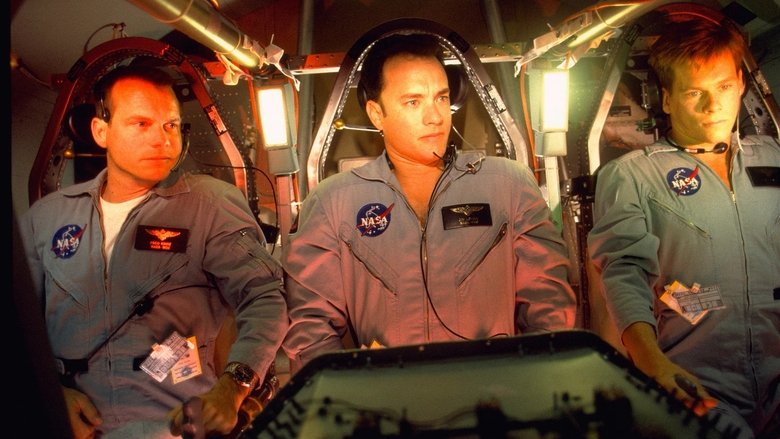
9. Europa Report (2013)
Europa Report takes a found-footage approach to a mission to Jupiter's moon Europa, believed to harbor a subsurface ocean with potential for life. This stylistic choice provides a unique visual perspective, simulating camera feeds from within the spacecraft and on the moon's surface. The visuals effectively convey the claustrophobia of the journey and the eerie, mysterious environment of Europa. It builds suspense as the crew explores the icy world, offering a plausible, low-fi vision of near-future interplanetary exploration and the potential discoveries that await us.

8. Moon (2009)
Duncan Jones' directorial debut, Moon, is a compelling character study set almost entirely on a lunar mining base. Sam Rockwell gives a powerful performance as the lone occupant nearing the end of his three-year contract. The film's visuals are stark, minimalist, and atmospheric, capturing the isolation and industrial nature of the moon base and the desolate lunar landscape. While not grand in scale, the film effectively uses its setting to explore themes of identity, corporate ethics, and the psychological toll of solitude, creating a visually distinct and thought-provoking science fiction piece.
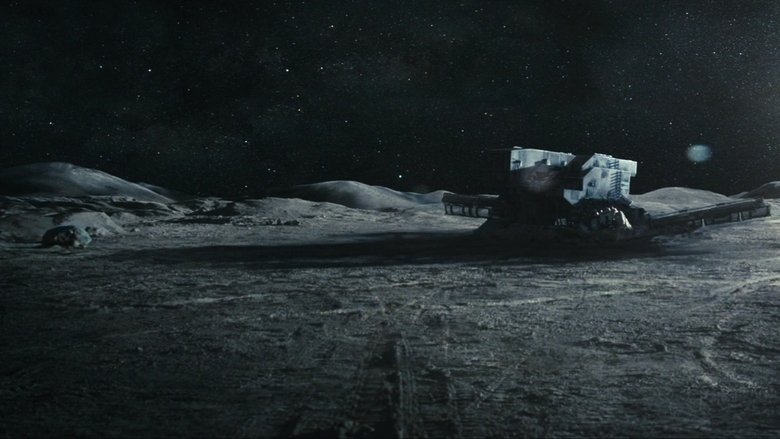
7. Solaris (1972)
Andrei Tarkovsky's Solaris is less about space exploration and more about the human psyche grappling with the unknown, set aboard a space station orbiting a mysterious planet covered by an ocean. The planet Solaris itself is depicted as a sentient entity capable of manifesting visitors' deepest memories and regrets. Tarkovsky's visual style is deliberate, atmospheric, and often abstract, using long takes and contemplative imagery to explore themes of consciousness, reality, and loss. It's a visually unique and philosophically dense film that uses its astronomical setting for profound introspection.
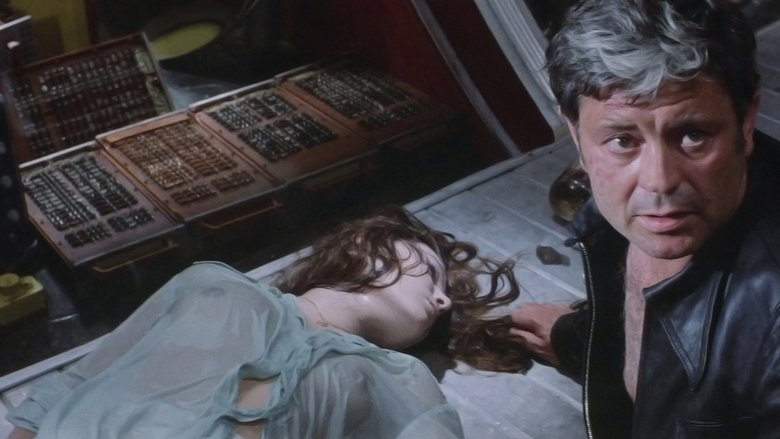
6. Sunshine (2007)
Directed by Danny Boyle, Sunshine is a tense sci-fi thriller set in 2057, where a crew is sent on a desperate mission to reignite our dying sun. The film features truly spectacular and intense visuals of the sun itself, portraying its immense power and terrifying beauty. The spacecraft, Icarus II, is also a visually interesting design. As the mission faces increasing peril, the film shifts into a psychological and survival narrative, but the constant presence of the blinding, overwhelming star provides a breathtaking and often frightening backdrop.
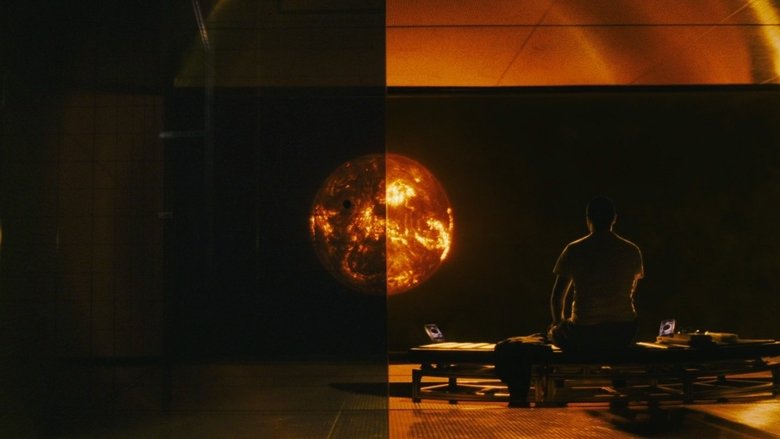
5. The Martian (2015)
Ridley Scott's The Martian offers a surprisingly grounded and optimistic look at survival on the Red Planet. Matt Damon plays an astronaut accidentally left behind, forced to use his ingenuity and scientific knowledge to stay alive. The film excels in its depiction of the Martian landscape, rendered with striking detail and realism. The visuals of the Hab, the rovers traversing the dusty plains, and the eventual rescue attempts in space are all meticulously crafted. It's a celebration of scientific problem-solving and human resilience against the backdrop of a beautifully harsh alien world.

4. Contact (1997)
Based on the novel by Carl Sagan, Contact explores humanity's first encounter with extraterrestrial intelligence through radio signals. Directed by Robert Zemeckis, the film stars Jodie Foster as a dedicated SETI scientist. While much of the film deals with the terrestrial implications of the discovery, the sequences depicting the construction and use of the mysterious machine, and the subsequent journey through space, are visually striking and convey a sense of cosmic scale and wonder. Sagan's scientific rigor is evident throughout, making it a thought-provoking look at science, faith, and our place in the universe.

3. Gravity (2013)
Gravity, directed by Alfonso Cuarón, is a masterclass in cinematic immersion, placing you directly into the terrifying beauty of Earth's orbit. Featuring astonishingly realistic visuals of astronauts working in space, the film uses long, uninterrupted takes to create a feeling of weightlessness and vulnerability. Sandra Bullock delivers a compelling performance as a medical engineer stranded after a catastrophic event. The details of the International Space Station, the Hubble Telescope, and the vastness of Earth seen from above are rendered with stunning fidelity. The sound design is particularly noteworthy, using silence and subtle cues to emphasize the isolation of space. It's a tense, visually overwhelming experience that truly captures the peril and wonder of being outside our atmosphere.
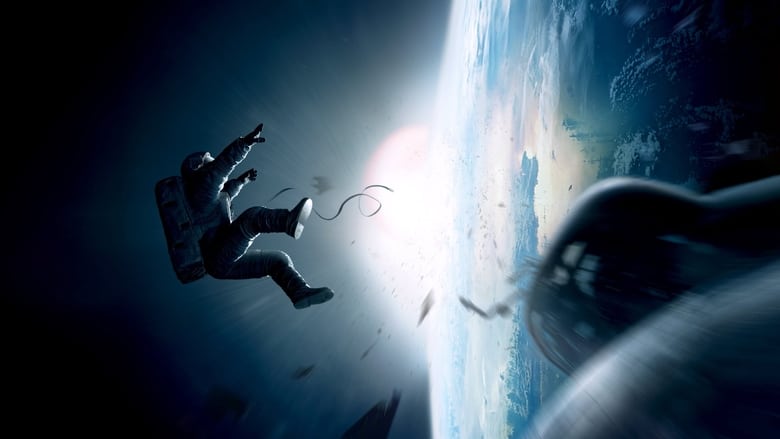
2. Interstellar (2014)
Christopher Nolan's Interstellar is a breathtaking voyage through the cosmos, grounded in theoretical physics thanks to the involvement of Nobel laureate Kip Thorne. The film's depiction of wormholes, black holes (specifically 'Gargantua'), and relativistic effects is not only visually spectacular but also attempts scientific accuracy. The scale of the journey is immense, spanning galaxies and time itself. Hans Zimmer's powerful, organ-heavy score perfectly complements the vast, awe-inspiring visuals of space travel and alien worlds. It's a film that tackles complex scientific concepts alongside profound human themes of love, loss, and survival, all wrapped in a visually stunning package.

1. 2001: A Space Odyssey (1968)
A cornerstone of science fiction cinema, Stanley Kubrick's 1968 epic remains unmatched in its visual ambition and philosophical scope. 2001: A Space Odyssey takes you on a journey from humanity's dawn to the vastness of space, featuring groundbreaking special effects that were decades ahead of their time. The film's deliberate pace and minimal dialogue allow its stunning visuals – from the iconic spinning space station to the abstract Star Gate sequence – to speak volumes. Arthur C. Clarke's collaboration ensured a level of scientific thought rarely seen in sci-fi then or now. The use of classical music, particularly Richard Strauss's 'Also Sprach Zarathustra', is inextricably linked to its cosmic imagery, creating an awe-inspiring experience that continues to challenge and captivate audiences.
